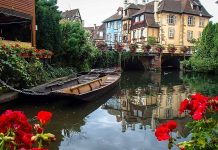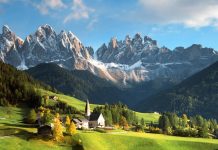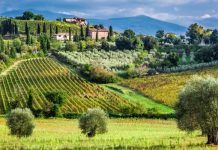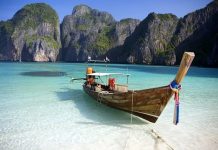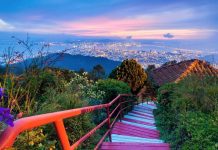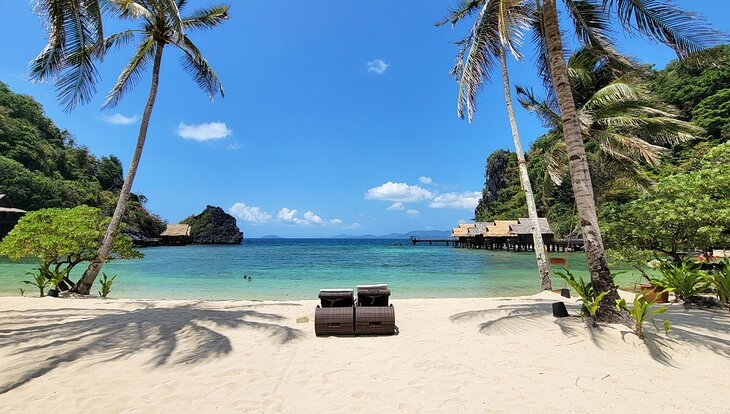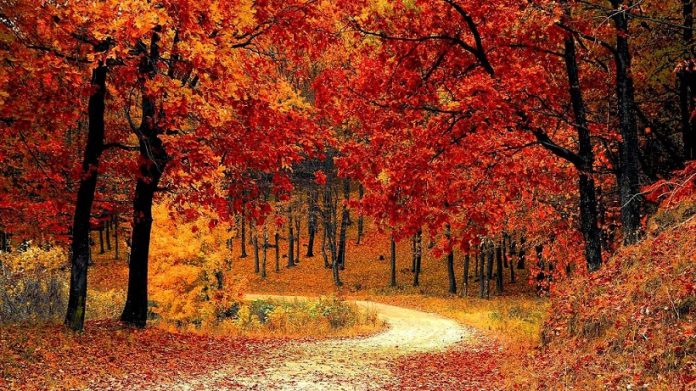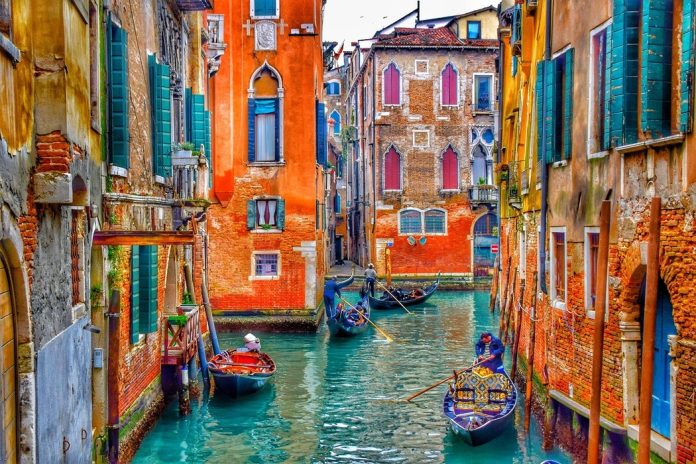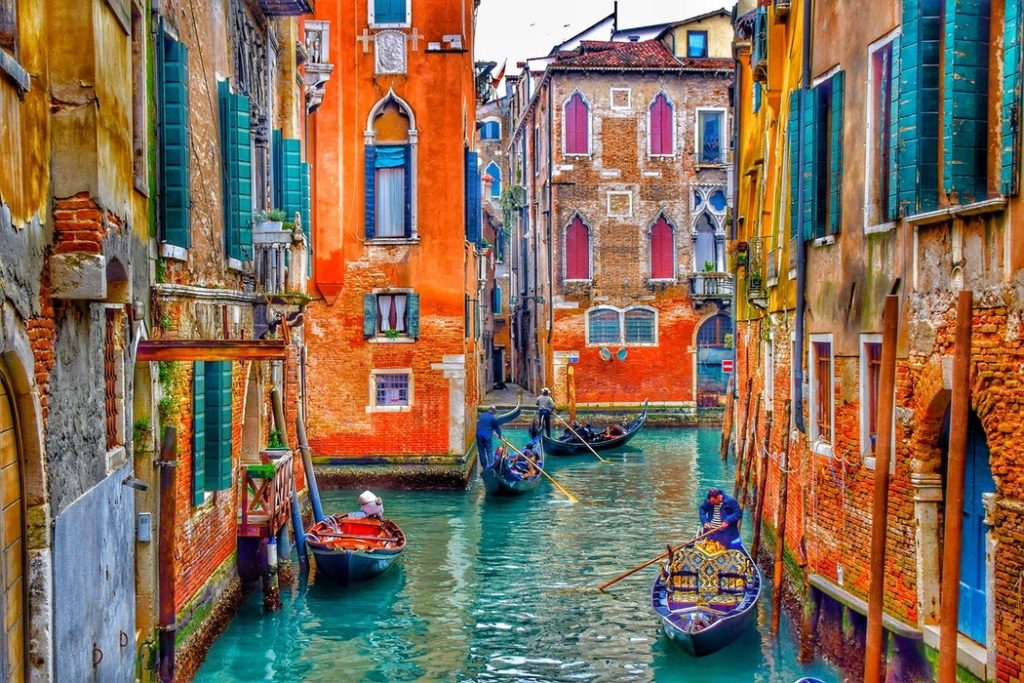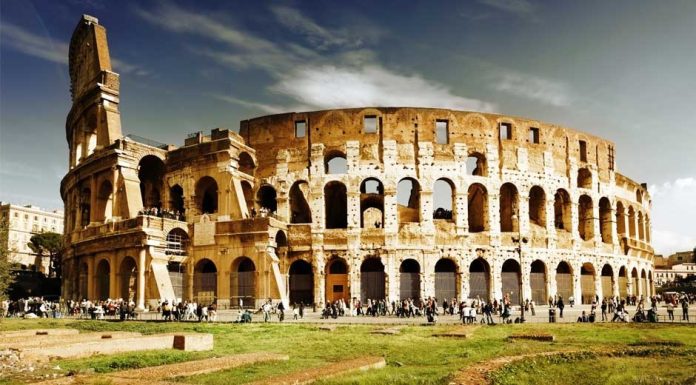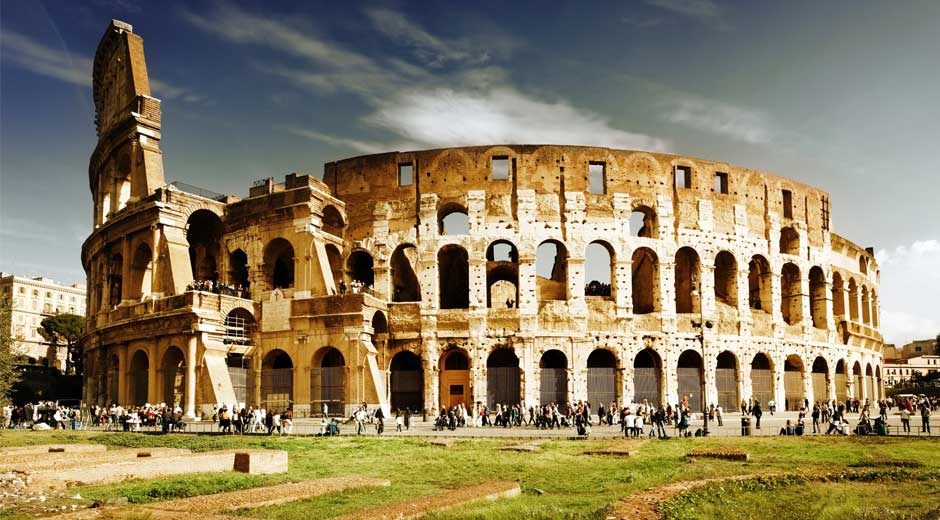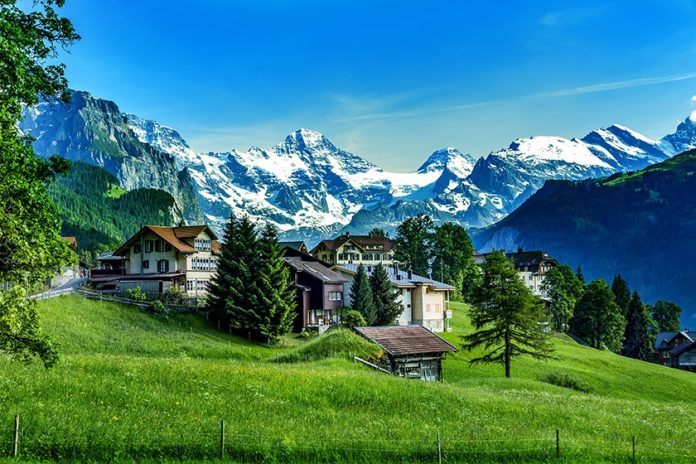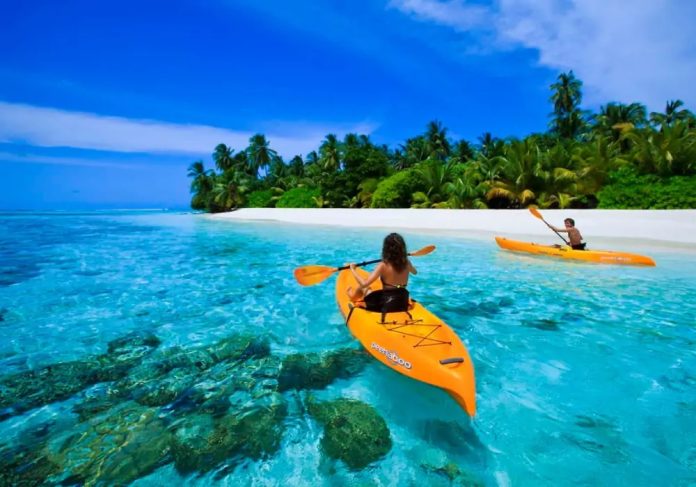
Florence: Uffizi Masterpieces & Renaissance Splendor
Florence, the cradle of the Renaissance, is a city where art, history, and culture converge in breathtaking harmony. At the heart of this Tuscan gem lies the Uffizi Gallery, one of the world’s most celebrated museums, housing an unparalleled collection of Renaissance masterpieces. A visit to Florence is incomplete without immersing oneself in the artistic splendor of the Uffizi, where the works of Botticelli, Michelangelo, Leonardo da Vinci, and Raphael tell the story of a transformative era in human creativity.
The Uffizi Gallery: A Treasure Trove of Renaissance Art
Built in the 16th century under the patronage of the Medici family, the Uffizi was originally designed as offices (uffizi means “offices” in Italian) for Florentine magistrates. Over time, it evolved into a private gallery for the Medicis, who amassed an extraordinary collection of paintings and sculptures. Today, the Uffizi stands as a monument to Renaissance genius, attracting millions of visitors each year.
Must-See Masterpieces
- Sandro Botticelli – The Birth of Venus
Perhaps the most iconic painting in the Uffizi, The Birth of Venus depicts the goddess emerging from the sea on a scallop shell. Botticelli’s ethereal use of color and flowing lines captures the Renaissance fascination with classical mythology and beauty. - Leonardo da Vinci – Annunciation
A youthful Leonardo’s meticulous attention to detail shines in this early work, where the Archangel Gabriel announces the divine pregnancy to the Virgin Mary. The delicate landscape and lifelike figures foreshadow his later masterpieces. - Michelangelo – Doni Tondo
The only panel painting by Michelangelo in Florence, this circular work (tondo) portrays the Holy Family with striking dynamism and vibrant colors, showcasing his sculptural approach to painting. - Raphael – Madonna of the Goldfinch
Raphael’s tender depiction of the Virgin Mary with the Christ Child and John the Baptist exemplifies his mastery of harmony and grace, hallmarks of High Renaissance art. - Caravaggio – Medusa
A dramatic departure from Renaissance serenity, Caravaggio’s Medusa is a visceral, almost terrifying portrayal of the mythical Gorgon, rendered with his signature chiaroscuro technique.
Beyond the Uffizi: Florence’s Renaissance Legacy
While the Uffizi is the crown jewel, Florence’s artistic heritage extends throughout the city:
- Ponte Vecchio: The medieval bridge lined with jewelry shops offers stunning views of the Arno River.
- Duomo (Cathedral of Santa Maria del Fiore): Brunelleschi’s dome is an architectural marvel, dominating Florence’s skyline.
- Palazzo Pitti & Boboli Gardens: Once the Medici’s grand residence, now home to more art collections and sprawling Renaissance gardens.
- Accademia Gallery: Where Michelangelo’s David stands in majestic glory.
Tips for Visiting the Uffizi
- Book tickets in advance – Long lines are common; skip-the-ticket options are worth it.
- Early morning or late afternoon visits help avoid crowds.
- Guided tours provide deeper insights into the artworks’ historical context.
- Combine with a Florence city pass for access to multiple attractions.
Conclusion
Florence is a living museum, where every corner whispers tales of the Renaissance. The Uffizi Gallery, with its unrivaled collection, is the soul of this artistic pilgrimage. Whether you’re an art lover, history enthusiast, or simply a traveler seeking beauty, Florence’s Renaissance splendor will leave an indelible mark on your soul.



